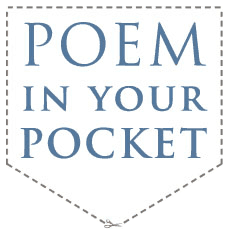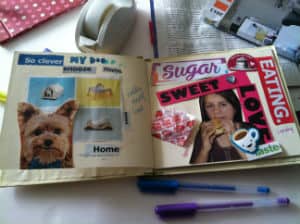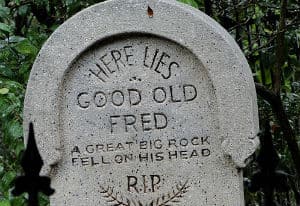Host a “Luck of the Draw” Poetry Recital
When it comes to poetry recitals, it’s not unusual to feel a bit nervous; why not lighten the mood by turning the event into a game?
Whether your group are studying a particular poem, poet or topic – or whether you’ve been writing your own poems – you can bring some excitement to the event by creating a ‘lucky-dip’. A ‘lucky-dip’ is a British game, where small prizes are concealed inside a large container, and players have to reach inside and grab one without being able to see what it is. In this recital game, the prizes are the poetry!
Getting Ready
First, decide what you will be reciting. The text will need to be printed onto slips of paper. If you have been looking at one particular poem, each slip could have one line or phrase; if you have been studying a poet, or a theme, the slips could have short extracts of relevant poems; if your group have written their own poems, each one could be printed on an individual slip… Make sure you have enough printed slips for everybody in the group to receive one!













